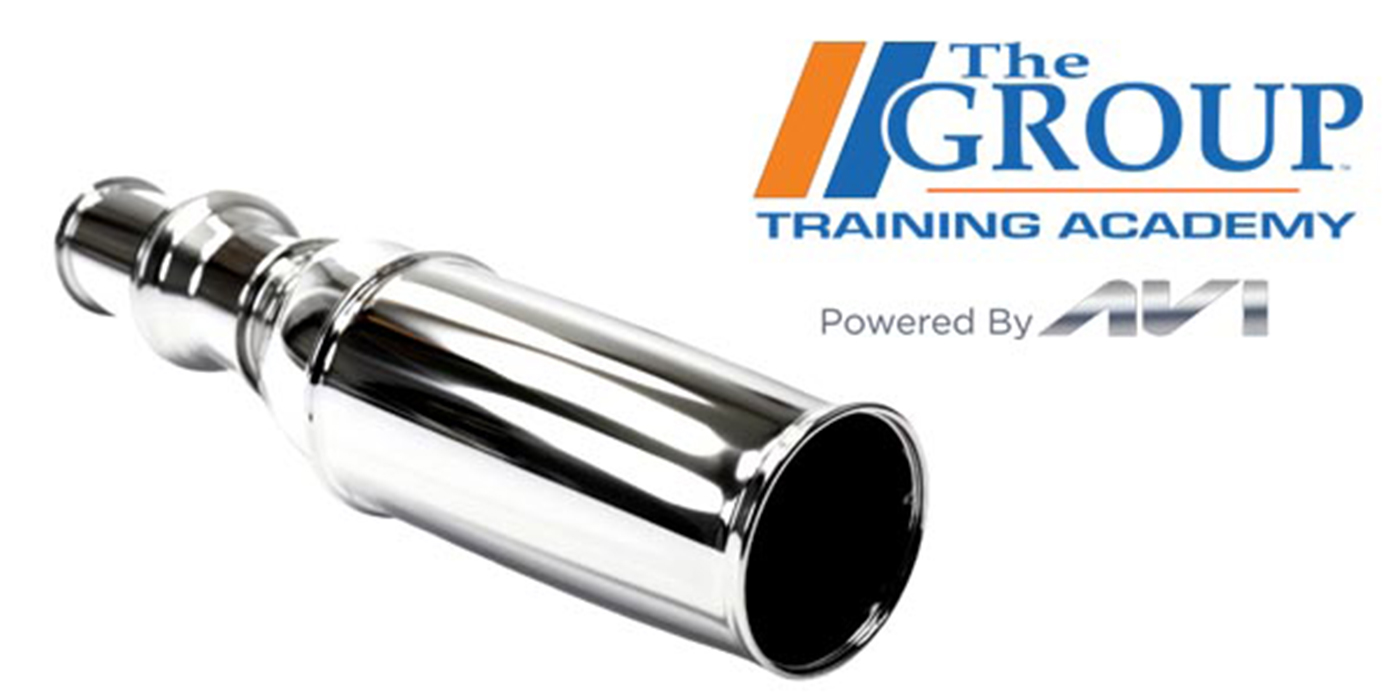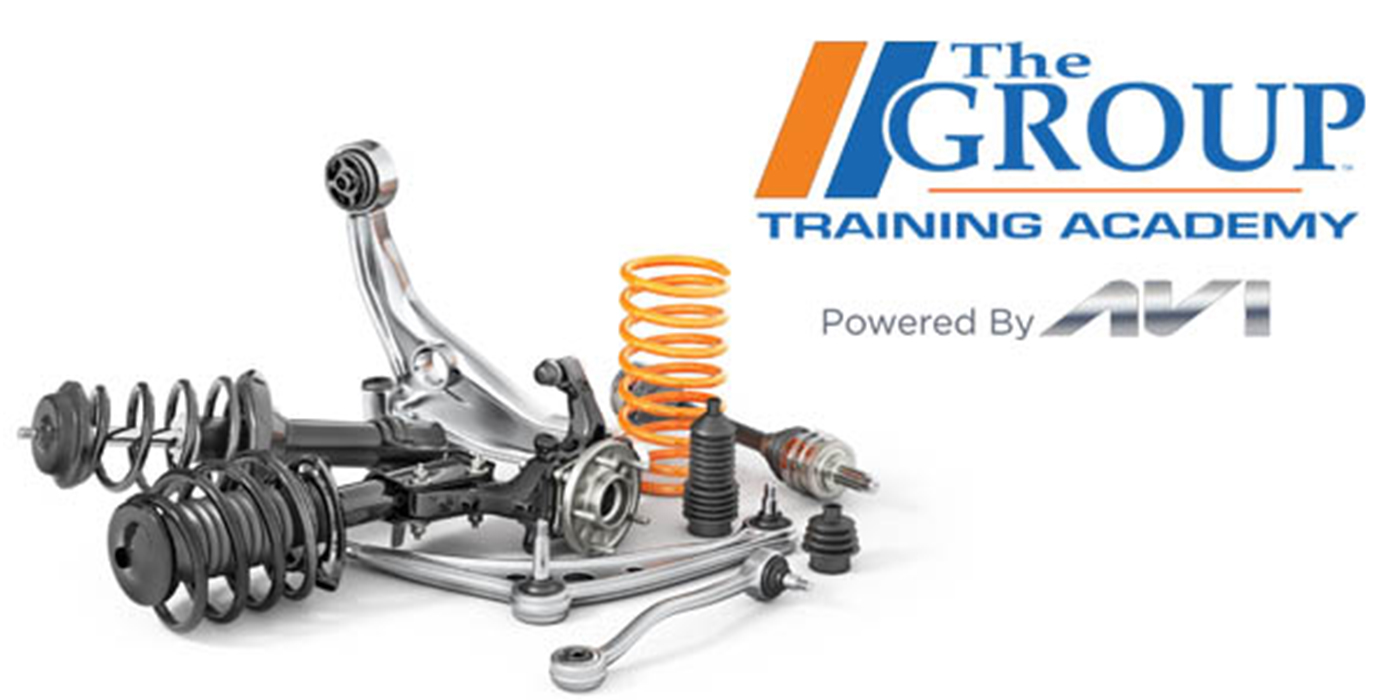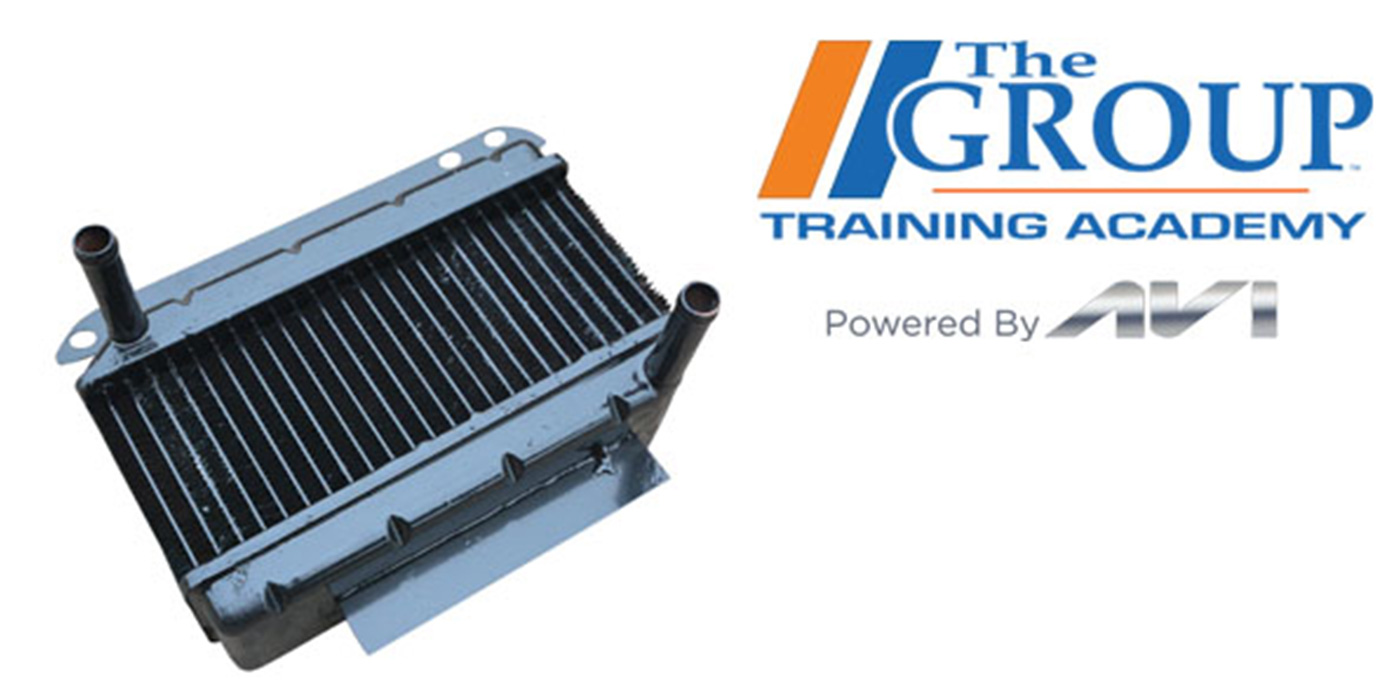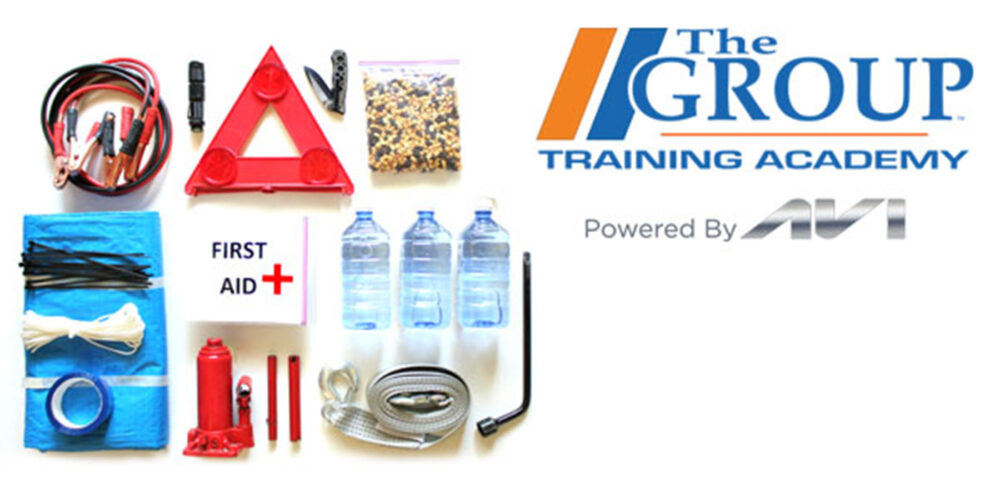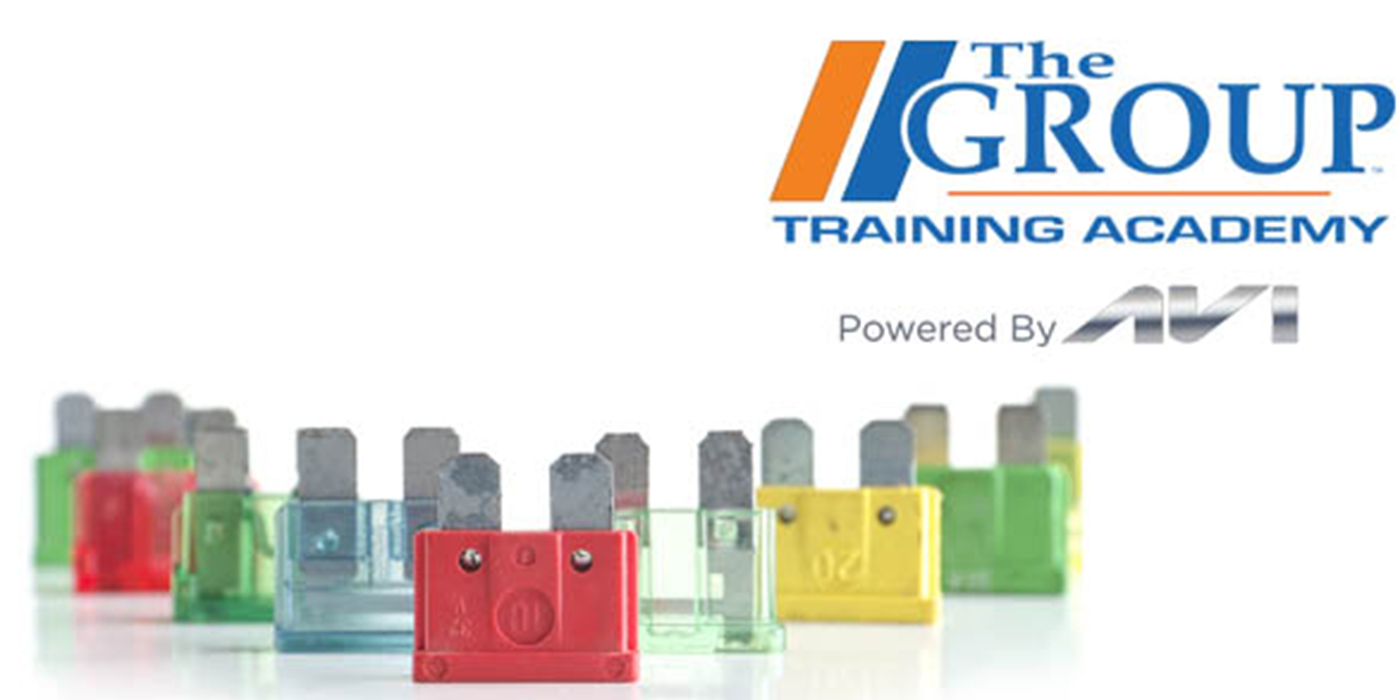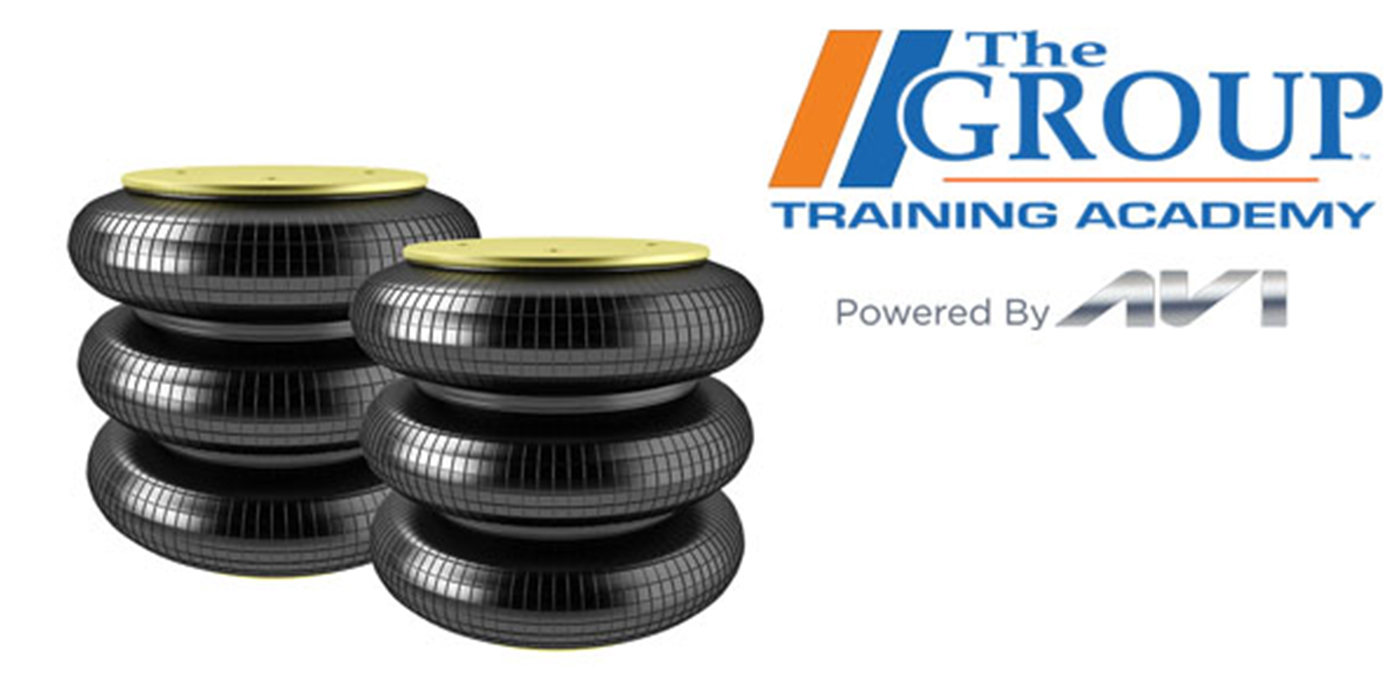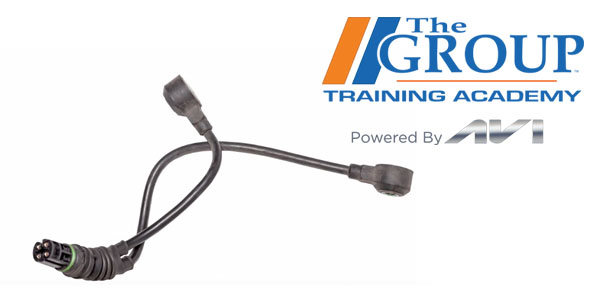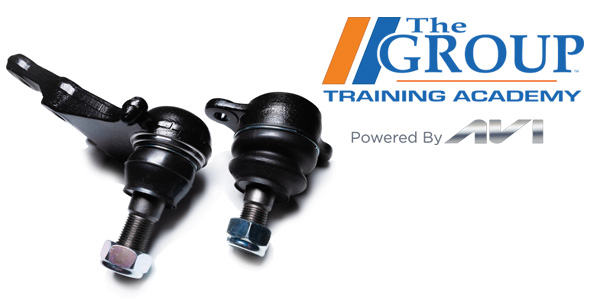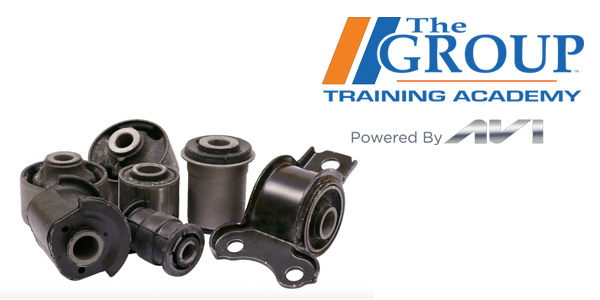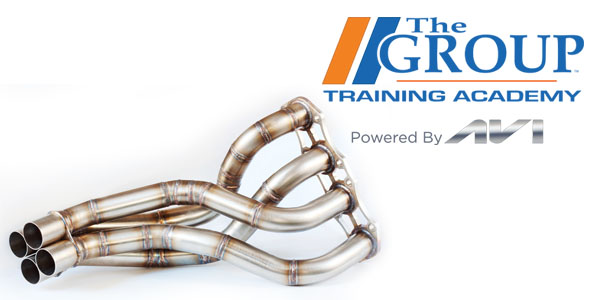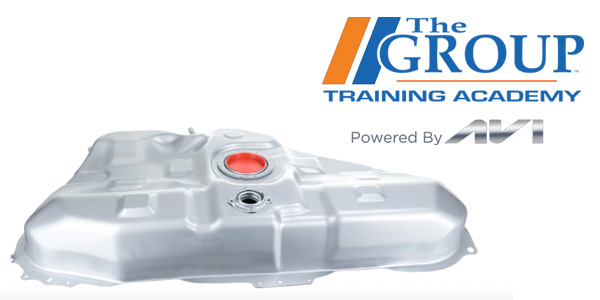Ever wondered why adding transmission fluid to a transmission that may be a quarter too low all of a sudden brings it back to life? Well, the journey starts actually in the pan. The transmission fluid is drawn from the pan into a filter by a pump that is behind the torque converter. The fluid level in the pan and transmission body is critical, too little, and the transmission will suck air into the pump. Too much transmission fluid and the fluid comes in contact with the rotating components. In both scenarios, it leads to aeration of the transmission fluid. First off, air or bubbles in the transmission. Fluid can be bad for the performance of the transmission because the air can be compressed, fluid can be compressed. Air in the system can prevent solenoids check valves and actuators from engaging the clutch packs and bands on the drums. It can even prevent the torque converter from engaging the transmission and shifting the gears, it’s basic hydraulics.
The pump first generates suction force that draws fluid into the chamber and is eventually compressed on the other side with considerable pressure. Some transmissions might have a second pump in the rear. The pressure and suction created can cause cavitation that can introduce tiny bubbles into the fluid if the formulation is incorrect or the additive package is worn out. Hydraulic components need clean fluid that is the correct viscosity to control the input and outputs of the transmission. If the fluid is not correct or worn out, it can stick and cause slipping and even harsh shifts. Transmission fluid may stay in the passages of the valve body and servos, and it will eventually be cycled through the relief ports and into the pan. Some circuits in the turbine and output shaft can carry heat away from the lubricated friction surfaces, but it will ultimately end up in the pan and the fluid will be cycled through the transmission again and again. Transmission fluid is formulated for the friction materials that are used for the clutches, the gaskets, the seal materials, and the metallurgy inside the transmission. It’s also configured and formulated for the length of the service interval, fuel economy requirements, shift quality, and even the performance of the total vehicle. Just make sure you’re using the correct formulation for the vehicle and transmission so the vehicle is returned to new state when new transmission fluid is poured into it.
This video is sponsored by the Pronto Network.


